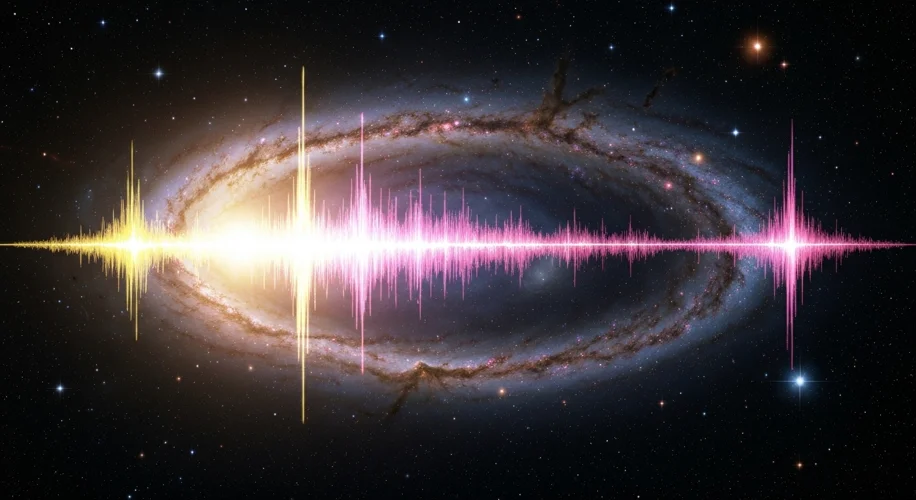Did you know that the universe is still full of mysteries? For years, scientists have been puzzled by Fast Radio Bursts (FRBs) – intense, millisecond-long flashes of radio waves that originate from deep space. They’re like cosmic Morse code, but we haven’t quite cracked the language yet.
Well, get ready, because we’ve just detected the brightest FRB ever recorded! This isn’t just a slightly brighter flash; it’s a significant leap forward, and it could be the key to unlocking some of those enduring cosmic puzzles.
What Exactly Are FRBs?
Think of FRBs as incredibly powerful, short bursts of energy from distant galaxies. They last only a fraction of a second, but they release as much energy as our Sun does in several days. While we’ve detected thousands of them since their discovery in 2007, pinpointing their exact sources and understanding what causes them has been a huge challenge.
Some FRBs repeat, meaning they flash periodically, while others seem to be one-off events. The energy involved and the sheer distance they travel make them fascinating objects of study. It’s like finding a tiny, incredibly bright signal from across an ocean, and we’re trying to figure out where it’s coming from and why it’s so powerful.
A Beacon in the Cosmic Darkness
This latest discovery, made on August 27, 2025, has astronomers buzzing. The detected FRB is the most luminous one observed to date. Its immense brightness means that scientists can study it in unprecedented detail. Imagine trying to understand a faint whisper versus a clear shout – this new FRB is the shout that will give us much more information.
Why is this so important? Because the brighter and more detailed our observations, the closer we get to understanding the physics behind these extreme events. This could help us answer fundamental questions about the universe:
- What kind of celestial objects produce FRBs? Are they neutron stars, magnetars (highly magnetized neutron stars), or something entirely new?
- How are these signals generated? Are they related to black holes, supernovae, or other violent cosmic phenomena?
- What can FRBs tell us about the universe’s structure? By studying how the signals are affected as they travel through space, we can learn about the distribution of matter and the expansion of the universe.
Solving Enduring Mysteries
Having the brightest FRB ever recorded gives us a unique opportunity. It’s like having a brighter spotlight to examine a complex mechanism. Scientists can now use more advanced telescopes and analytical techniques to trace the signal back to its origin with greater accuracy. They can study the intervening space between the source and us, looking for clues in the

